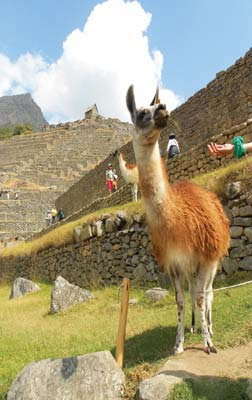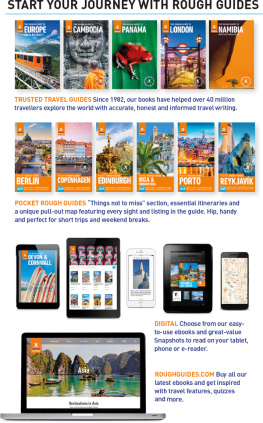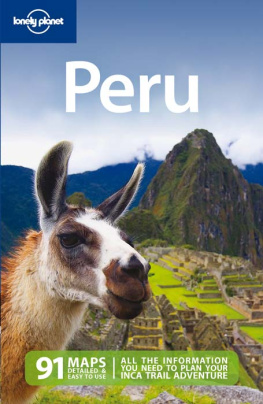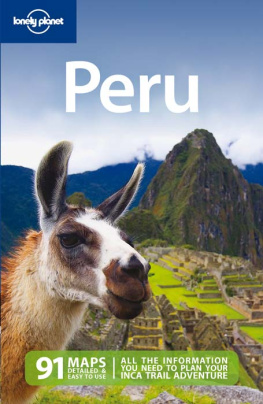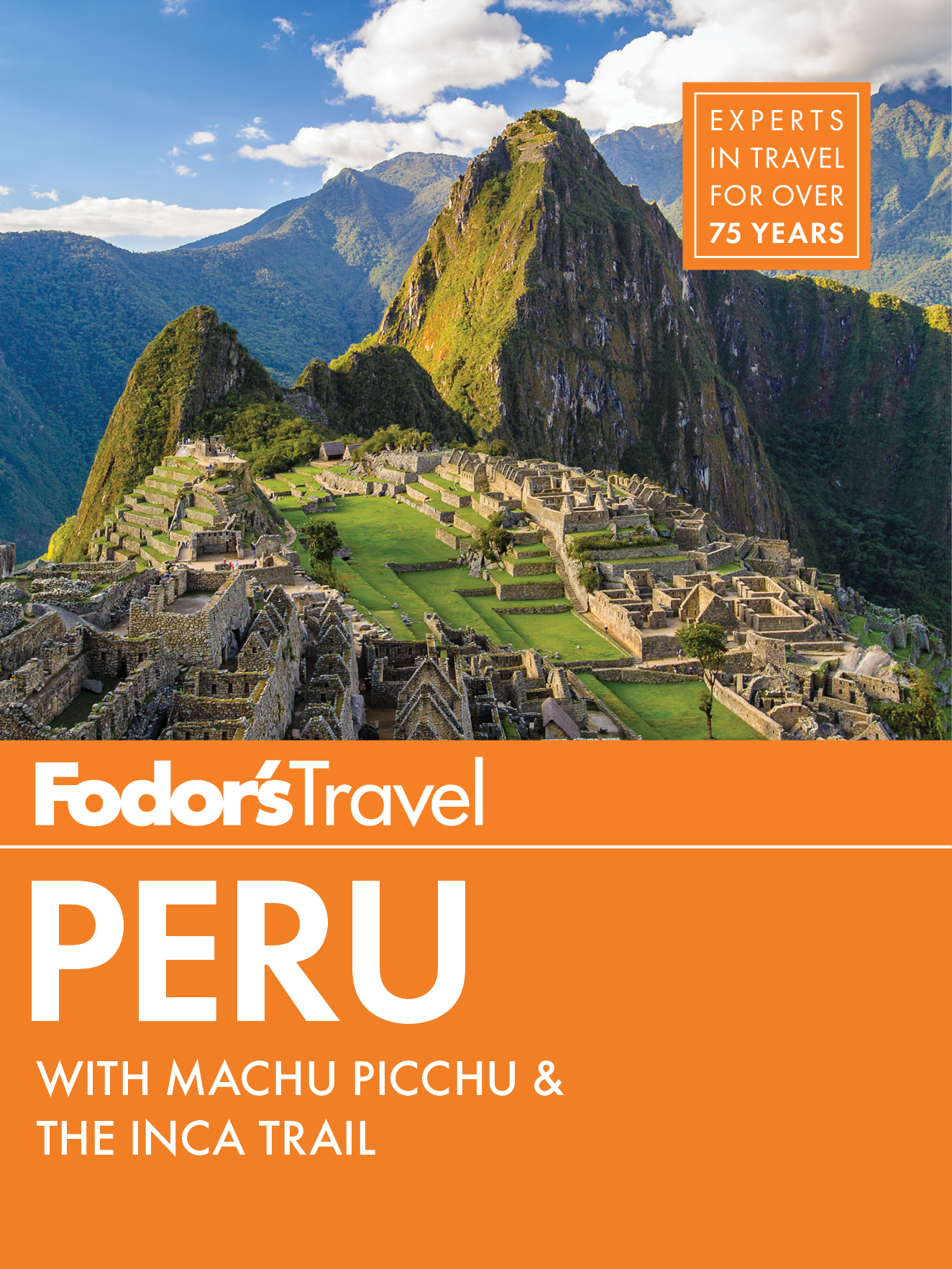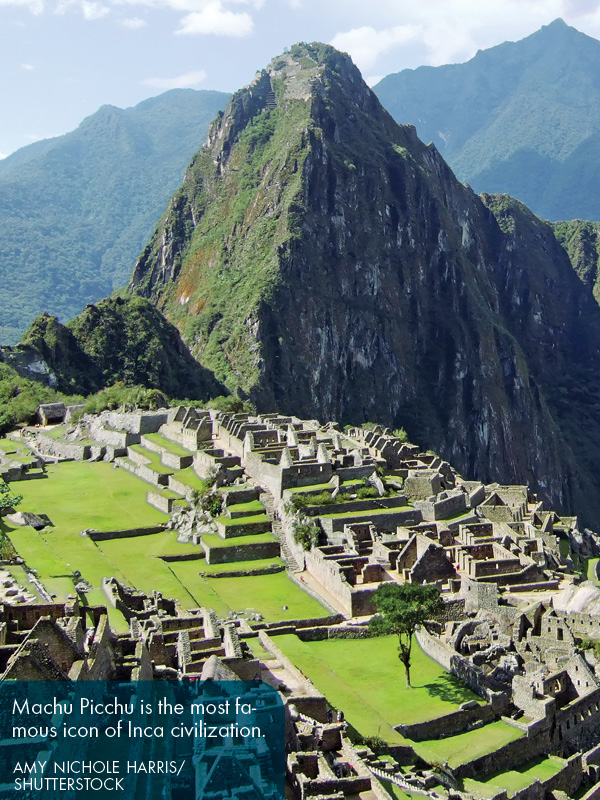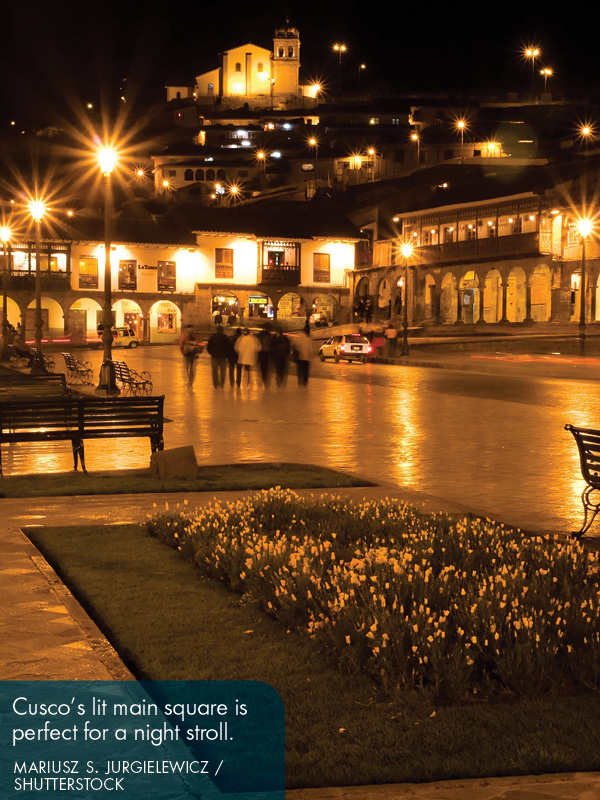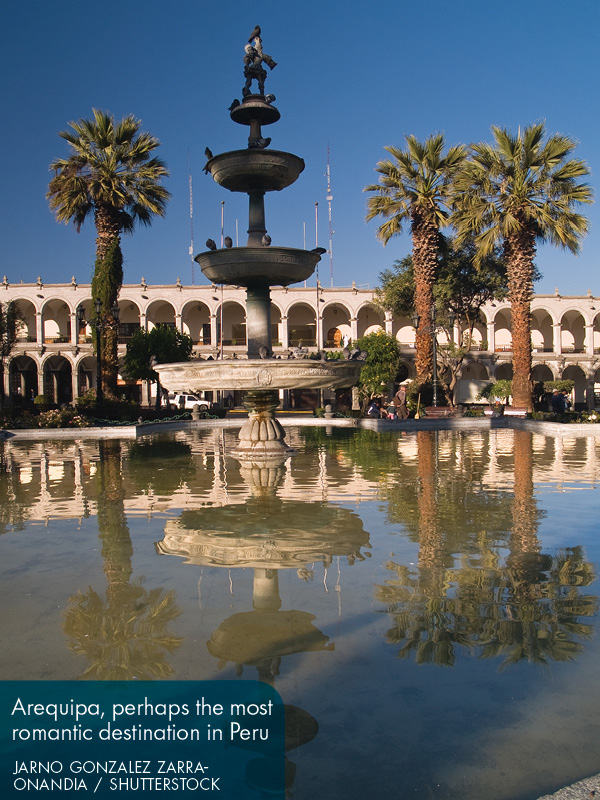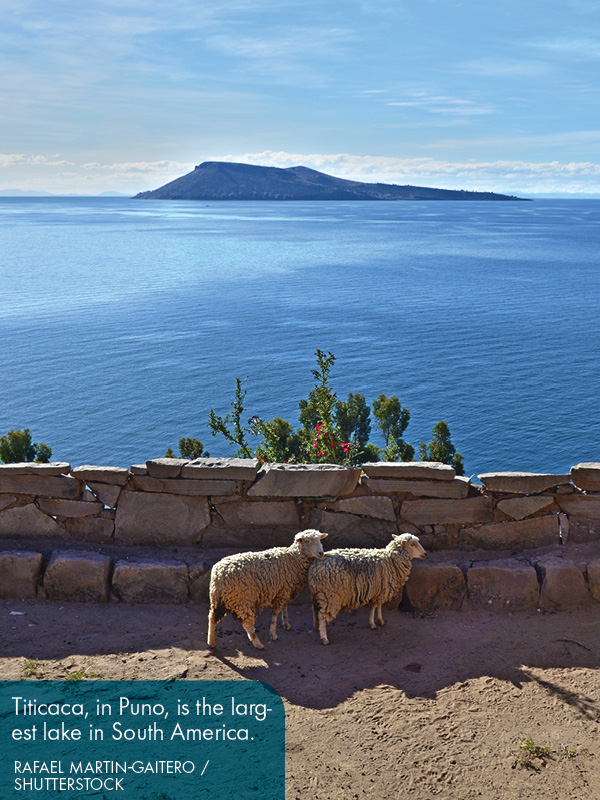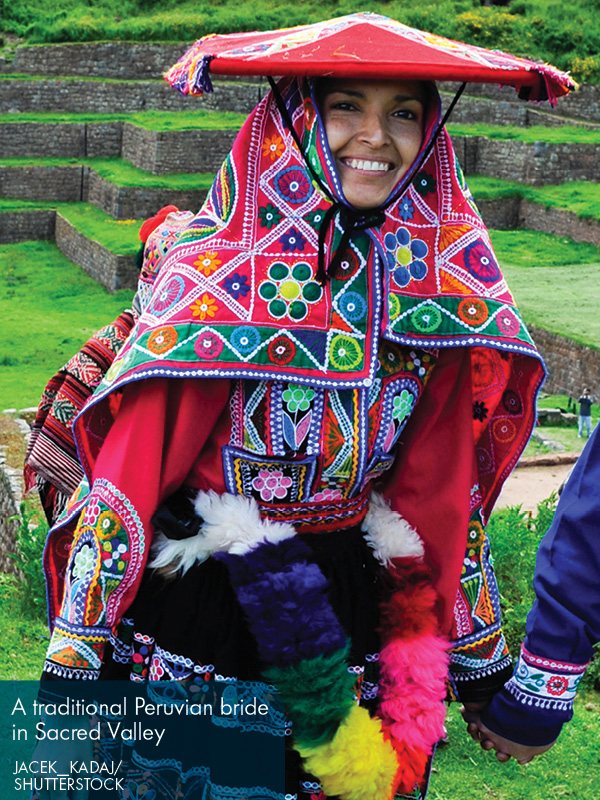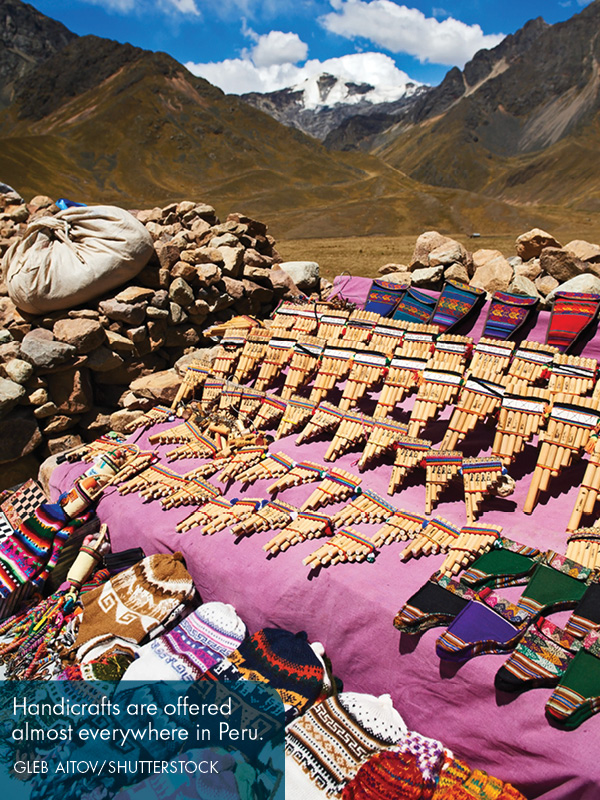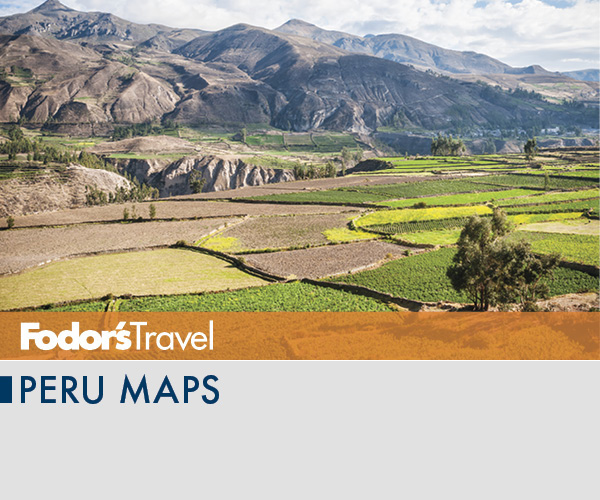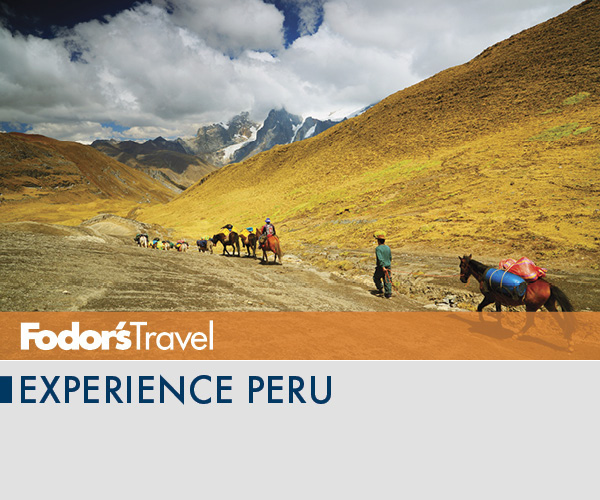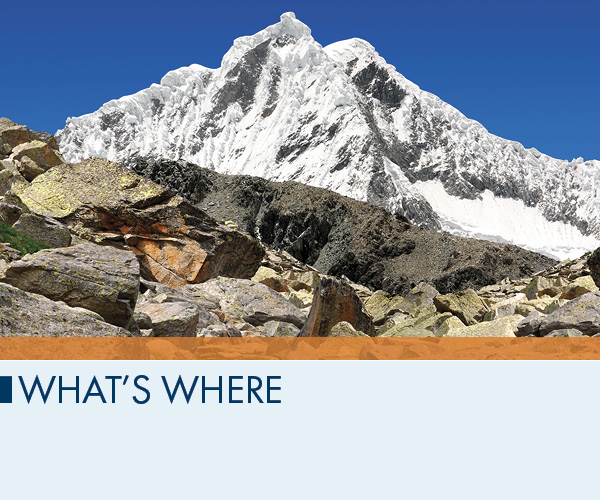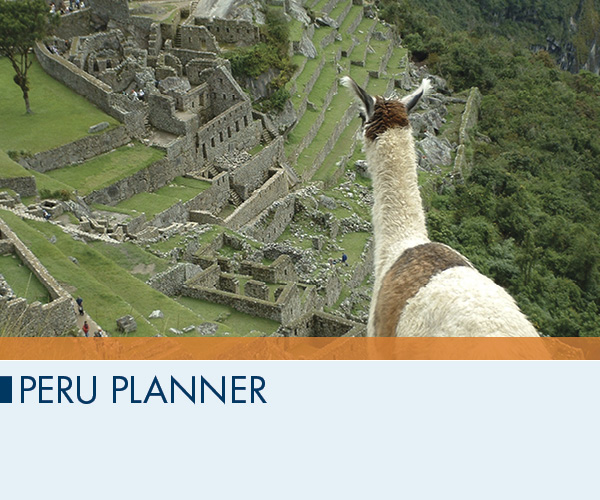Lima. In Perus cultural and political center, experience some of the best dining in the Americas, vibrant nightlife, and great museums and churches. See the Catedral and the catacombs at the Convento de San Francisco, and stroll about Miraflores and Barranco.
The Southern Coast. Head south for wines and piscos around Ica, dune-boarding in Huacachina, the mysterious Nazca Lines, and the marine life of the Paracas National Preserve. The inland area, particularly Pisco, was devastated by an earthquake in 2007, but is rebuilding.
The Southern Andes and Lake Titicaca. Colca and Cotahuasi canyons are the worlds two deepest canyons. Perus second city Arequipa may also be its most attractive. Lake Titicaca is the worlds highest navigable lake and home to the floating Uros Islands.
Cusco and the Sacred Valley. Cusco (11,500 feet above sea level) is a necessary stop on your journey to Machu Picchu. The former Inca capital is gorgeous, and packed with fine restaurants, hotels, churches, and museums. Visit the nearby Inca ruins of Sacsayhuamn, take a day trip to the Pisac market and Ollantaytambo, and spend a night in the Sacred Valley.
Machu Picchu. The great Machu Picchu, crowded or not crowded, misty rains or clear skies, never ceases to enthrall, and the Inca Trail is still the great hiking pilgrimage. Stay in Aguas Calientes for the best access.
Amazon Basin. Perus vast tract of the Amazon may contain the worlds greatest biodiversity. Fly into Iquitos or Puerto Maldonado for the wildlife preserves, jungle lodges, rain-forest hikes, and boat excursions.
The Central Highlands. Festivals and market towns dominate Huancayo and the Mantaro Valley, while the passionate Semana Santa celebrations are the rage in Ayacucho. From Lima to Huancayo, the worlds highest railroad tops out at 15,685 feet.
The North Coast and the Northern Highlands. Go up the coast for beach life and inland to the Cordillera Blanca for some of the worlds highest mountains. Many of Perus greatest archaeological discoveries were made in the north. Sites are still being uncovered near Chiclayo, Trujillo, and Chachapoyas.
Time
Peru shares the Eastern Standard Time zone with New York and Miami when the U.S. East Coast is not on daylight saving time. So when its noon in Lima, it will be 11 am in Dallas and 9 am in Los Angeles. During daylight saving time, Peru is in the same time zone as in Dallas, one hour earlier than New York and Miami.
Connectivity
Cell phone coverage and wireless Internet access are increasingly common in Peru, which means you can take your smart phone and laptop with you if you want to. Using your cell phone in Peru is likely expensive, so keep in mind that there are locutorios (phone centers) all over Lima and other cities, and calling cards for sale at most convenience stores and pharmacies, which means you can call home for pennies a minute. You can also buy a prepay cell phone for around $50. All but the cheapest hotelseven some of the jungle lodgeshave Wi-Fi, which is free at all but the most expensive hotels. If you dont want to carry a laptop, most hotels also have computers for guest use, and there are Internet cafs all over the country that charge S/1 or S/2 an hour.
First-Timer?
While Cusco and Machu Picchu are obligatory destinations for a first trip to Peru, the country has much more to offer. There is too much to see and do in one trip, so plan your itinerary according to your interests and the season.
Wherever you go, build some downtime into your itinerary, especially your first day in the Andes, when you may feel weak or ill. Dont let all those churches, ruins, convents, and museums blur together. Give yourself enough time to stop and smell the pisco sours.
For years travelers avoided Lima---the countrys capital is a sprawling metropolis with horrible traffic and more than its share of slums---but the plazas and colonial churches of the historic Centro are impressive, Barranco is charming, and the metropolitan area has the countrys best museums and restaurants.
Peru has what we think is the hemispheres best food. A mix of European, indigenous, Asian, and African influences makes Peruvian cuisine remarkably varied and delicious, so postpone that diet. Shopping is another popular distraction, and the handicraft selection is impressive, especially in Cusco. In the market and all but the fanciest shops in the Andean cities you are expected to bargain, so dont be shy.
Tipping
A 10% tip suffices in most restaurants unless the service is exceptional. Porters in hotels and airports expect S/2 per bag. Theres no need to tip taxi drivers, although many people round up the fare. At bars, tip about S/1 a drink. Tour guides should get S/20 and bus drivers S/10 each per day.
Electricity
Electrical outlets in Peru are like the ones in the United States and Canada, but the electrical grid runs 220 volts, so you may want to pack a power adapter, though laptops and many other electronics have power adapters built in.


